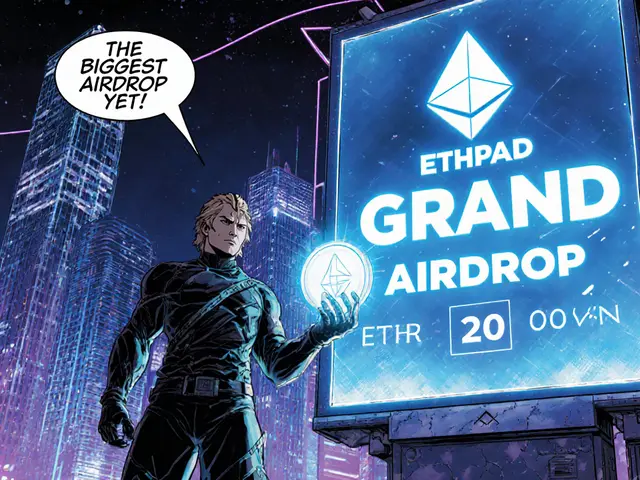Wraith Protocol – All You Need to Know
When working with Wraith Protocol, a privacy‑focused layer‑2 built on zero‑knowledge proofs that hides transaction details while keeping speeds fast. Also known as Wraith, it lets users keep their activity private on public blockchains. DeFi, decentralized finance platforms that run without traditional intermediaries increasingly adopt Wraith Protocol to add anonymity to lending, swapping and yield farming. The Wraith Protocol also powers crypto airdrop, token distribution events that reward early users or community members by letting participants claim without exposing their wallet history. This privacy layer requires robust blockchain security, practices like cold storage, multi‑factor authentication and smart‑contract audits to prevent leaks and exploits. Meanwhile, regulators worldwide are watching how privacy tools intersect with cryptocurrency regulation, laws that aim to curb money‑laundering while fostering innovation, shaping the future use of Wraith Protocol.
Why Wraith Protocol Matters for Crypto Users
Wraith Protocol encompasses privacy technology, so it enables users to transact without revealing amounts or counterparties. It requires zero‑knowledge proof algorithms, which let the network verify a transaction’s validity without seeing the data. This core feature influences DeFi apps that need compliance‑friendly anonymity, helping them attract privacy‑concerned traders. Security‑focused developers leverage the protocol’s built‑in cryptography to guard against front‑running and data‑exposure attacks. At the same time, regulators assess how these privacy guarantees might affect AML and KYC requirements, prompting new guidance for exchanges handling Wraith‑enabled assets. The result is a dynamic ecosystem where privacy, finance, security and law constantly interact.
Below you’ll find a hand‑picked collection of articles that break down each of these angles. From step‑by‑step airdrop claim guides and deep dives into DeFi integration, to practical security checklists and the latest regulatory updates, the posts give you actionable insight on how to work with Wraith Protocol today.




